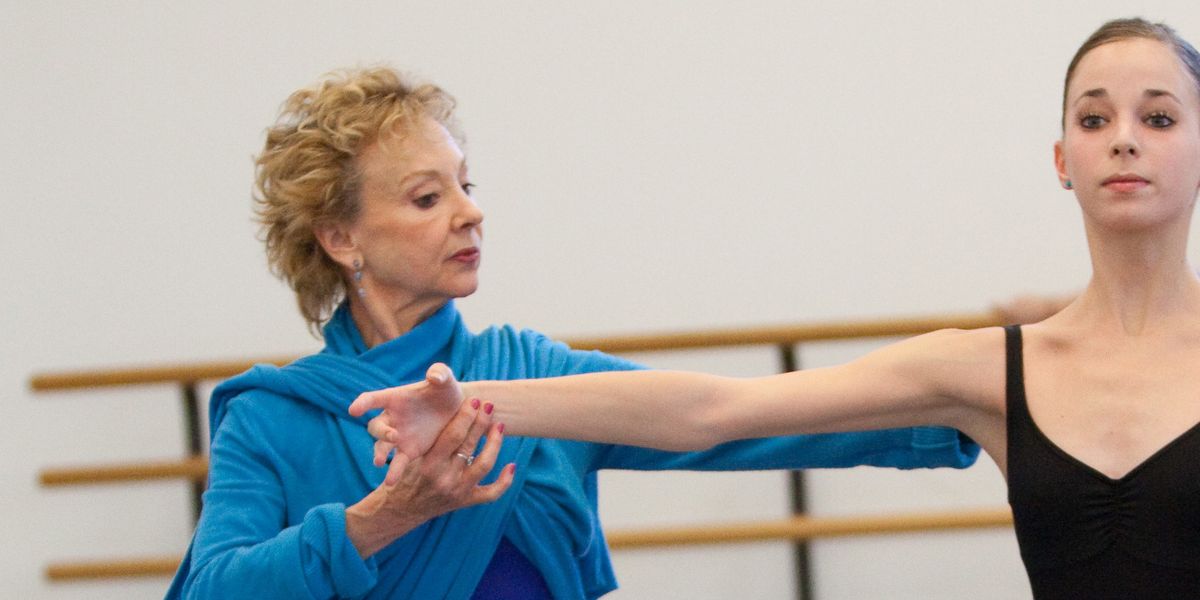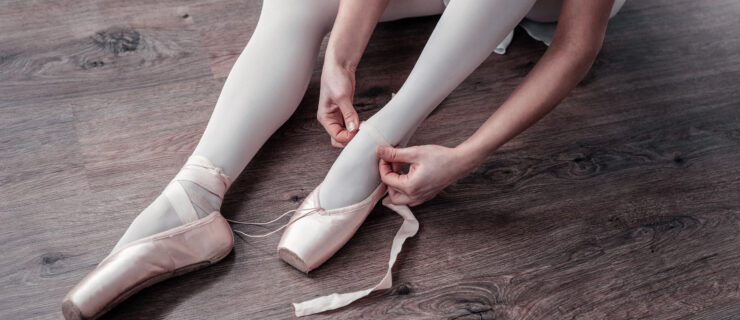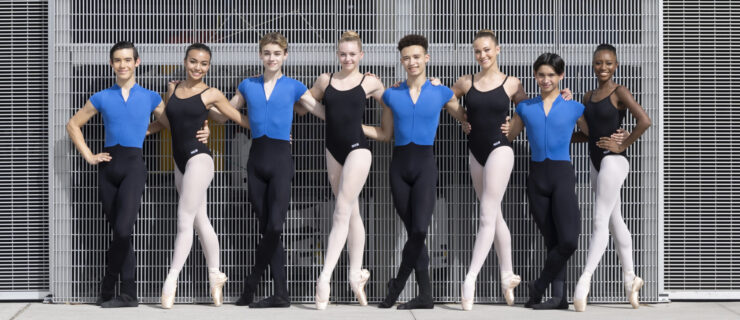Suki Schorer's 5 Tips For a Better Entrechat Six
Nothing’s more impressive than a fluttery entrechat six. Here, School of American Ballet’s Suki Schorer gives her tips for perfecting this tricky jump.
1. Your Power Is In the Plié
One of the most common problems Suki Schorer sees is dancers taking too short of a plié. “They bounce off the floor and then don’t have the power to go high in the air,” she says. You’ll need that height to create the beats. A juicy plié will also allow you to control the landing and hold on to the tempo.
2. Timing Can Help
As you plié, think “and-down-entrechat six” rather than “and-up-entrechat six.”
3. Keep Chest and Legs Forward
“As students start to jump, they often throw their upper bodies back and then their feet get behind their bodies,” says Schorer. As a result, the legs swing front and back instead of scissoring through first and fifth. “You need your legs underneath you or a teensy bit in front, with your chest also forward.”

Pacific Northwest Ballet’s Lesley Rausch in Agon. Angela Sterling, Courtesy PNB.
4. Think of Your Back Foot Coming Front to Beat…
…instead of the front foot going back to beat.
5. Start Beating Immediately
Once you leave the ground, you have limited time to fit in a lot of batterie. “Often dancers don’t start beating their legs until they’re on the way down,” Schorer says. Instead, start the first beat on the way up—as soon as you leave the floor.
Need Extra Help?
- To get a proper sense of how the legs should scissor side to side in entrechat six, Schorer has students practice single and double beats taking off and landing in a small second position. Doing so trains the legs not to swing front and back.
- Core strength is integral to maintaining proper alignment during the jump. Lie down on your back and practice entrechat six with your legs lifted to 45 degrees or higher (so your back doesn’t arch). “That way you can really feel your stomach muscles at work.”
- Go to a corner where two barres meet; using your arms, lift yourself up on the barres to practice the correct feeling in the air. “It takes a lot of strength to keep your legs underneath and forward of the body,” says Schorer.





